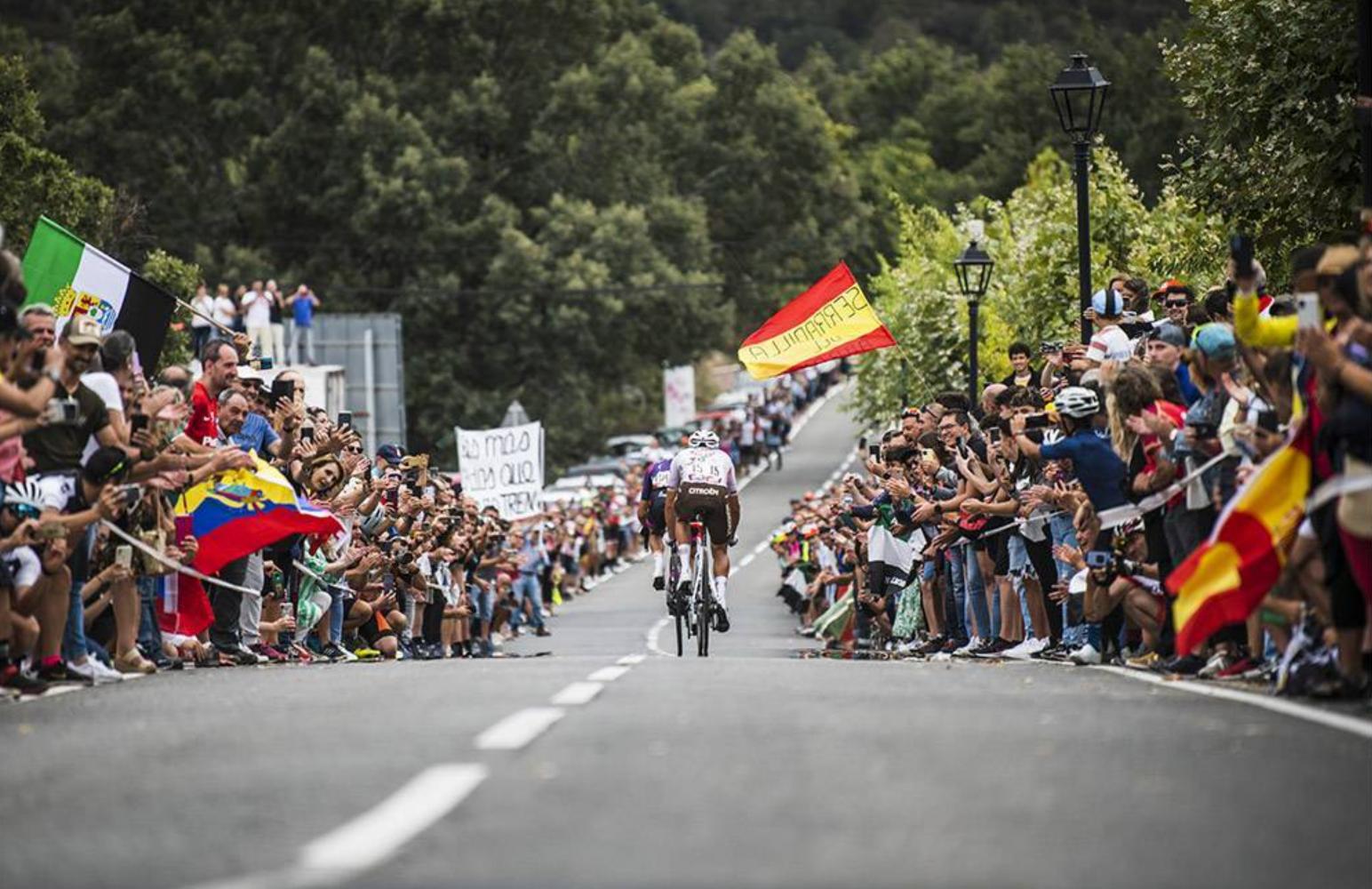ALL CLIMBS
PJAMM TRIPS
MEMBER COMMENTS
This page provides a map of stage routes and Cat 1/HC climbs, cols, and cotes in the 2025 Vuelta a Espana, Spain's "Tour de France". Our dynamic "list" (center top of map) allows you to organize the climbs by stage number, difficulty, altitude gained, highest finish, distance, steepest, and more. Click on a climb or stage to jump to a detailed stage or climb page with additional information.


